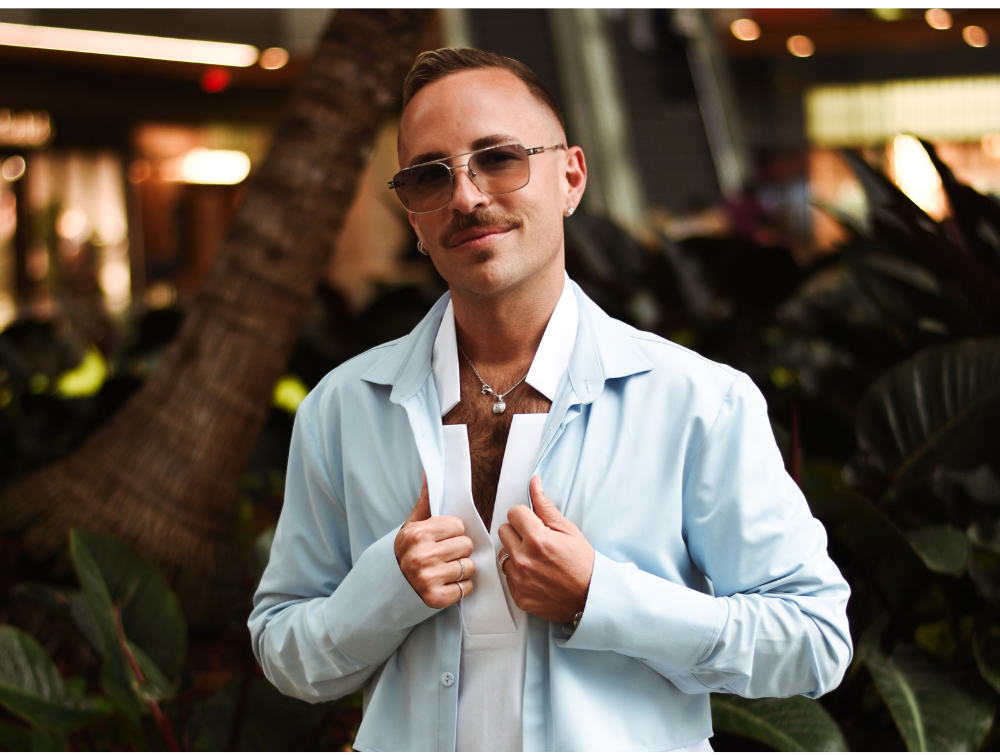When it comes to classic movie monsters, there have been fewer that have seen more iterations than Bram Stoker’s Dracula, but of all the actors to have played the bloodsucking Count on screen one of most iconic, recognizable and influential was Bela Lugosi, and there was no better time to remember the prolific Hungarian actor than around the 65th anniversary of his death. As the Count in Universal’s 1931 version of Stoker’s novel, Lugosi became an instant icon for not only his own generation but future generations, and his performance has continued to inspire filmmakers and actors who have taken on the world’s most famous vampire. However, outside his occasional appearances in that role, Lugosi’s life was a rollercoaster of highs and lows that made him one of the most prolific and interesting actors of his time.
Bela Ference Dezso Blasko was born in Lugos, Hungary on October 20, 1882 and his incredible journey began when he left home at the age of twelve and made his way through his teenage years working in mines, factories and as a locksmith, until he decided that his career path lay elsewhere at the age of twenty when he was given his first acting role in a stage production. After performing under a number of different names, he finally settled on a name that honored his hometown, Bela Lugossy, which over time would be changed one more time to the spelling he became famous as.
RELATED: Nicholas Hoult Is Renfield in Universal Monsters Movie About Dracula’s Henchman
While Lugosi in later years would recount elaborate tales about his time on the Hungarian stage, biographers have over time discovered that the actor had a penchant for exaggeration when it came to his early career, but he did keep busy until his breakthrough performance as the male lead in a performance of Romeo and Juliet which led to him gaining national recognition. His acting career was put on hold in 1914 as World War One broke out and Lugosi enlisted in the army, serving until he was badly injured. In 1916, he left the army and returned to his work on stage, playing Jesus in an Easter production of The Passion.
In 1917, at the age of 34, Lugosi married Ilona Szmik, a woman who according to even his subsequent wives was the love of his life, and after becoming deeply involved in politics at a time when the country was going through great upheaval, Lugosi and his wife fled to Austria. It was shortly after that the combined pressure of Lugosi not being able to find much work and disapproval from her father that Ilona left Lugosi and returned home. The pair were soon divorced, and Lugosi moved on again, first to Germany where he fell into films immediately, and then, in 1921, a 38 year old Lugosi made the journey across the Atlantic on a cargo ship and landed on Ellis Island on March 23.
During his first years in America, Lugosi found work in small theater productions that allowed him to speak in his native Hungarian, as at the time he knew very little English but when asked to take a role in an off-Broadway production, The Red Poppy, he showed a willingness to learn the language to take on the role. At this time, Lugosi would learn his lines phonetically, and it led to his American movie debut in 1923’s The Silent Command, in which he would play the villain, something that would become a signature for him. It was around this time he also married for a second time, but once again, the marriage would not last.
In 1927, Lugosi would have his first brush with the role that would form the biggest part of his legacy when he was offered a role in a new American production of a successful play from England – Dracula. The play was a huge success, and when the run ended on Broadway Lugosi toured with the production across the country, which led to both his highly publicized affair with actress Clara Bow, and his four-day marriage to socialite Beatrice Woodruff Weeks. When his stage role with Dracula was over, it was already a given that the play would be made into a movie and Lugosi immediately put himself forward for the part. However, he was initially dismissed by Universal because he was not a widely known film actor, and subsequently began accepting any roles he was offered in order to build his name, including 1930’s Renegades. Even this did not play much of a part in Lugosi finally being offered the role of Dracula, and it was only when the studio had exhausted all of its options that they finally agreed to give him the part but knowing his sheer desperation to play the Count resulted in the actor being paid just $500 a week, a total of $3,500 for the entire film. This meant he was paid about a quarter of the amount paid to David Manners for his role as Jonathan Harker in a movie that save the studio from bankruptcy, continue to make money for the next 90 years and become one of the most imitated and inspirational horror movies of all time.
Immediately after filming Dracula, Lugosi instantly returned to taking on any role he could, but when Dracula arrived in cinemas and became a huge success, Universal had Lugosi audition for another upcoming monster role, Frankenstein. However, Lugosi didn’t really want to be typecast in “monster” roles, nor did he want to be just a lumbering, virtually silent creature like the script demanded. On the arrival of director James Whale, who apparently wanted someone who was virtually unknown to play the monster, Lugosi parted ways with the production, leaving the role open to be taken by another future cinematic icon, Boris Karloff.
It was around this time, on January 31, 1933, that Lugosi married 21 year old Lillian Arch, and despite the almost 30 year age gap and Lugosi’s previous marriage record, the pair would remain married until just prior to the actor’s death. Together they had a son, Bela George Lugosi.
Even though he left Frankenstein behind, Lugosi, now heading into his fifties, would spend the next decade appearing in numerous horror movies such as White Zombie, Island of Lost Souls (based on HG Wells’The Island of Dr Moreau), The Black Cat, The Raven and The Invisible Ray. He would not stray too far from the genre into the 1940s, as he appeared as his self-professed second favorite role of Ygor, a broken necked grave robber, in Son of Frankenstein and again in Ghost Of Frankenstein. In 1943, Lugosi finally played the role that he originally turned down at Universal when he played Frankenstein’s monster in Frankenstein Meets The Wolf Man, however, his role would have some scenes altered and his dialogue cut, which led to the character looking like the silent, staggering lump Lugosi had feared in the original James Whale movie. The movie was the beginning of a downturn in the actor’s life, as he became addicted to painkillers after suffering back and leg pain from the physical toll of playing Frankenstein’s Monster, and he began to rely on very low budget productions, many of dubious quality.
During the war years, Lugosi was too old to fight but did star in a public service film about, appropriately, blood donation. In mid-1940s, appetite for the old movie monsters was starting to fade, and as well as appearing in Dracula rip-off Return of The Vampire, Lugosi also appeared in The Ape Man, Voodoo Man and The Body Snatcher, as well as House of Frankenstein and House of Dracula. In 1948, Lugosi played the character of Dracula for the second and final time on screen in Abbott and Costello Meet Frankenstein. The film would also be the actor’s last appearance in a major studio production.
Lugosi’s drug addiction began to take its toll on him, but he continued to work to make ends meet, staring in a revival of Dracula on stage, and then appearing in the “worst movies of all time” by director Ed Wood. While all of Wood’s movies are cult classics, at the time they were both critical and financially disastrous, but as would be pointed out by Lugosi’s son later, “working with Ed Wood gave him something to do, which was very important to him.” These would be the final roles that Lugosi would play.
Lugosi’s drug addiction became too much for his wife Lillian and the couple were divorced in 1954. A year later, Lugosi sought help for his habit, committing himself to a hospital for treatment. Lugosi was now 72, and was one of the first Hollywood stars to go public about drug rehabilitation. On leaving hospital, Lugosi claimed to have a new lease of life, and married Hope Linninger, a fan who had regularly written letters to him during his stay in hospital, however their time together would be short as Lugosi passed away at home on August 16, 1956. He has expressed a wish to be buried with one of his Dracula capes, but the family in the end decided that he would be buried in complete vampire attire, including a tuxedo, medallion and cape.
In the 65 years since his passing, Lugosi has not only continued to be remembered for his Dracula role, but has become an almost unsurpassable icon of early horror cinema. He was someone who never looked at a role as being above or below another – they were all equally important, and all received every ounce of effort that he could put unto the roles, whether he was acting alongside other greats like Boris Karloff, or unknown actors in a never to be heard of again independent production. Lugosi may have almost missed out on his best remembered role for being unknown in the industry, but that is something that his work ethic ensured would not be said of his legacy.
The views and opinions expressed in this article are those of the author and do not necessarily reflect the official policy or position of Movieweb.
You can view the original article HERE.




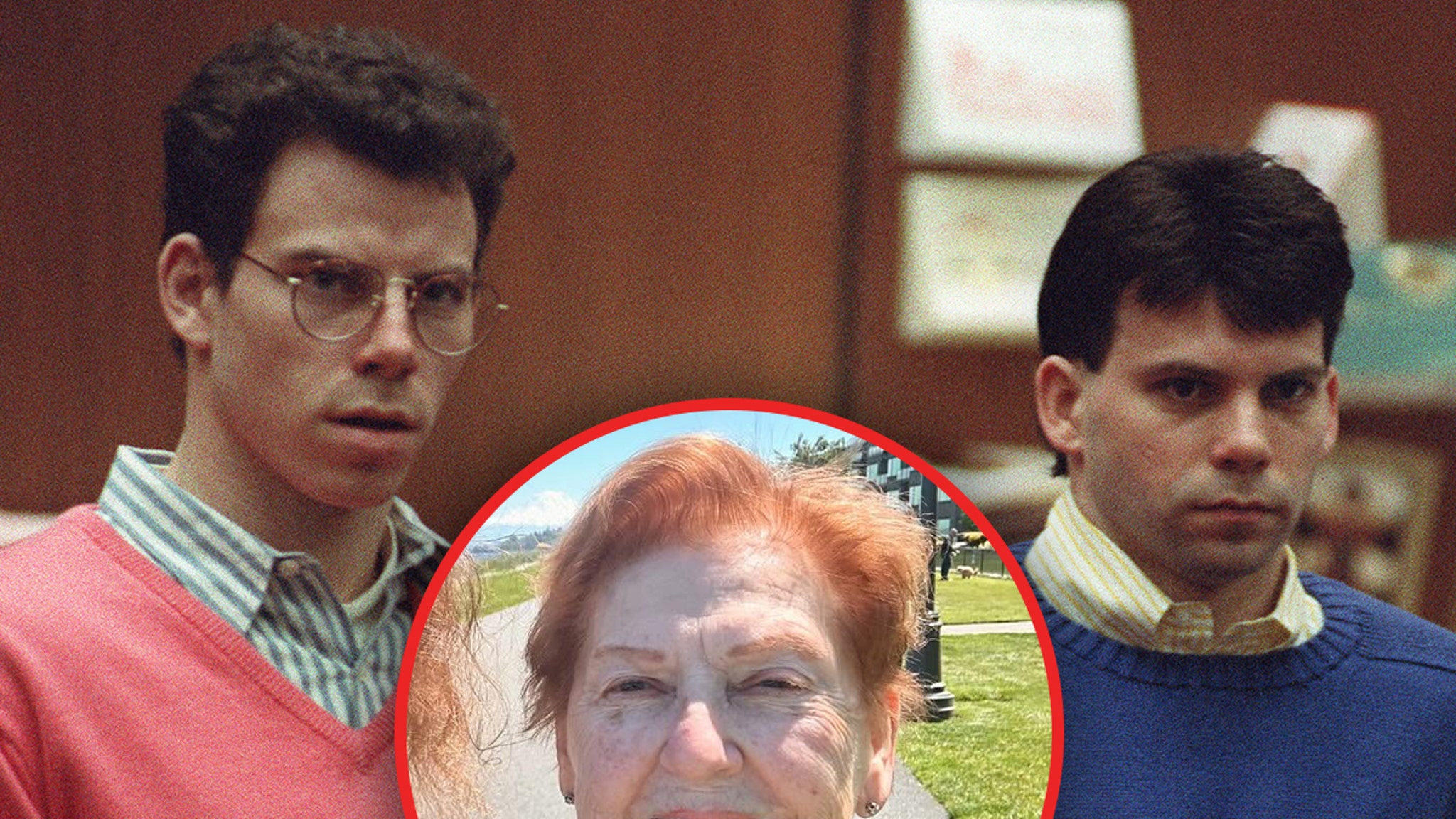

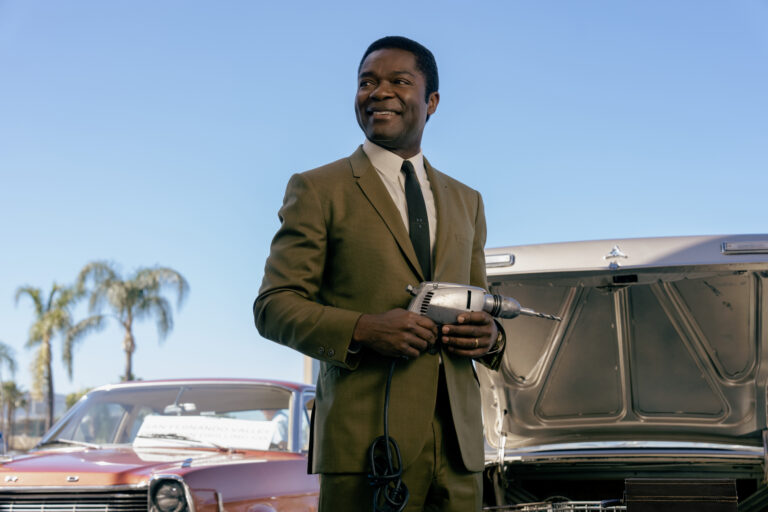
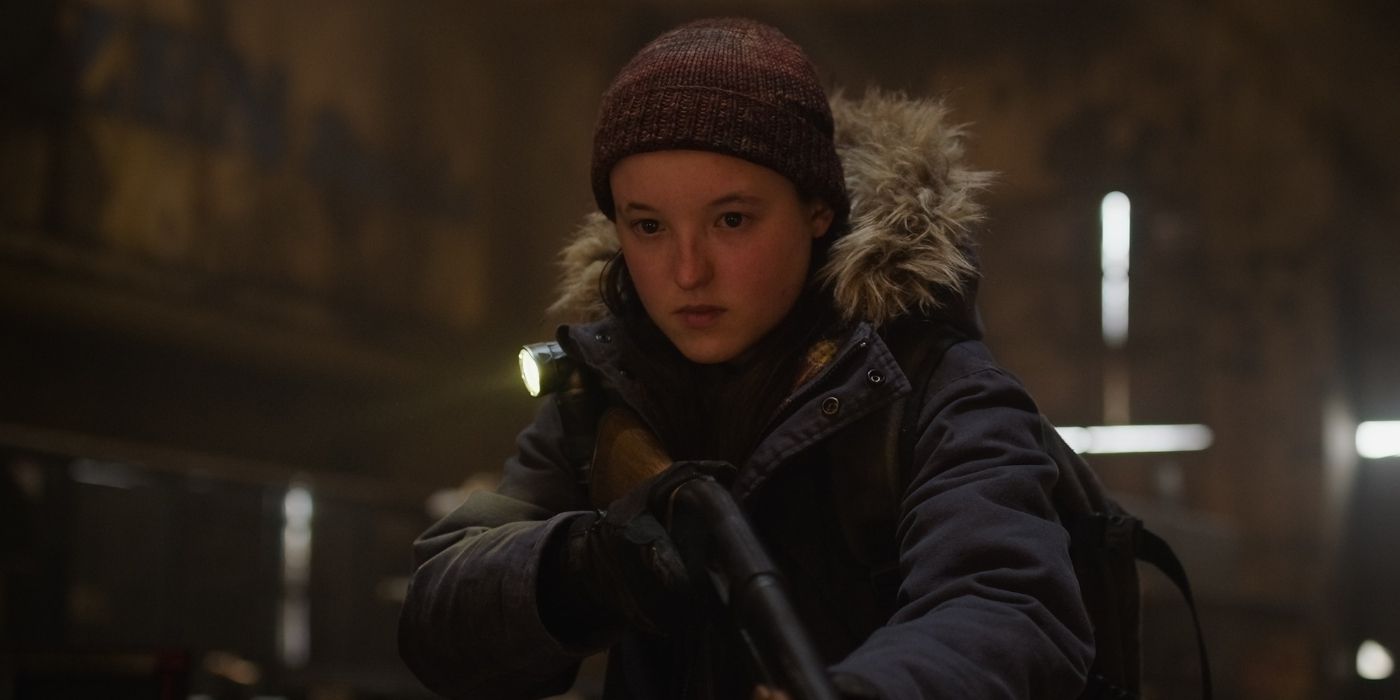


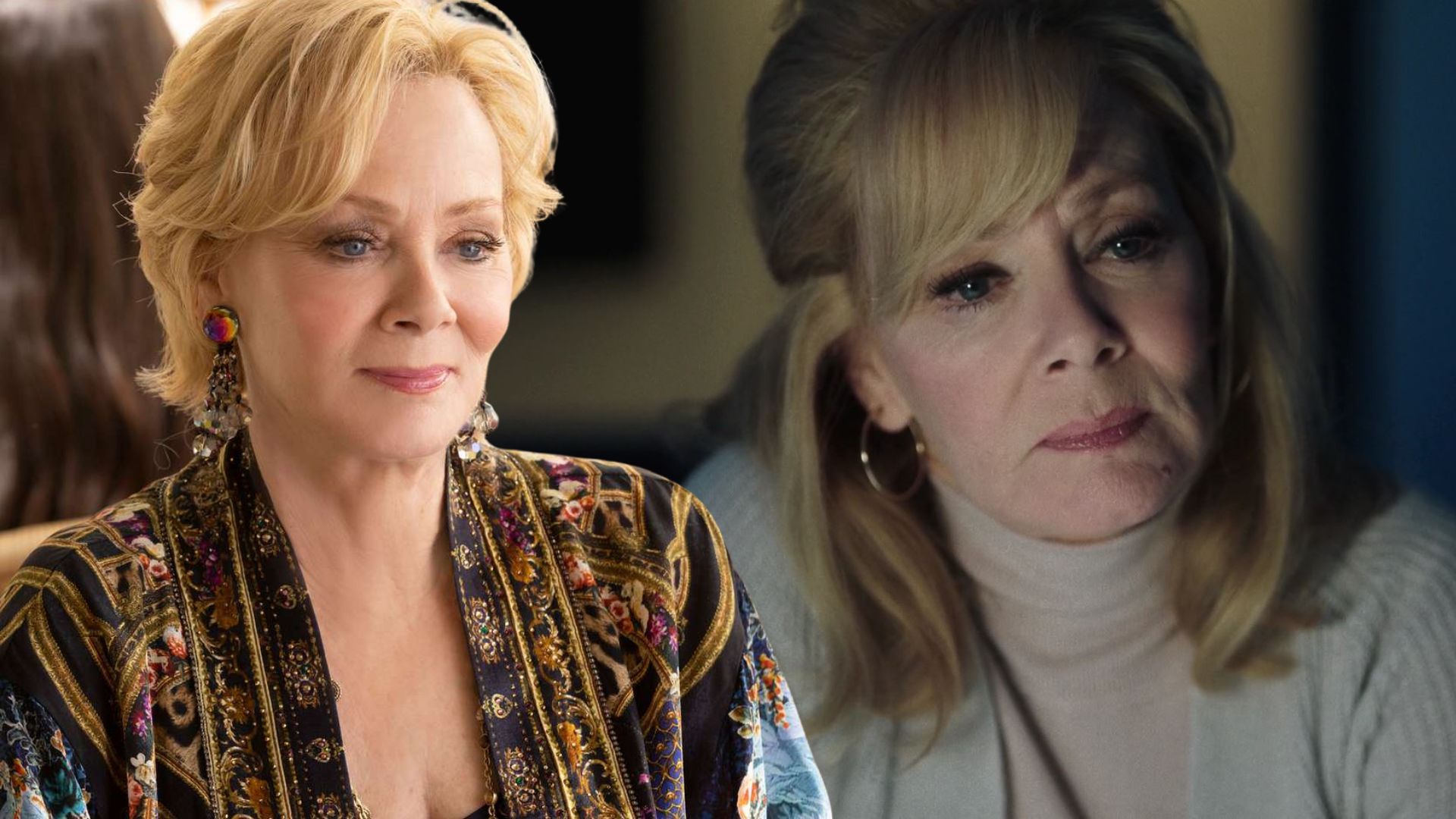















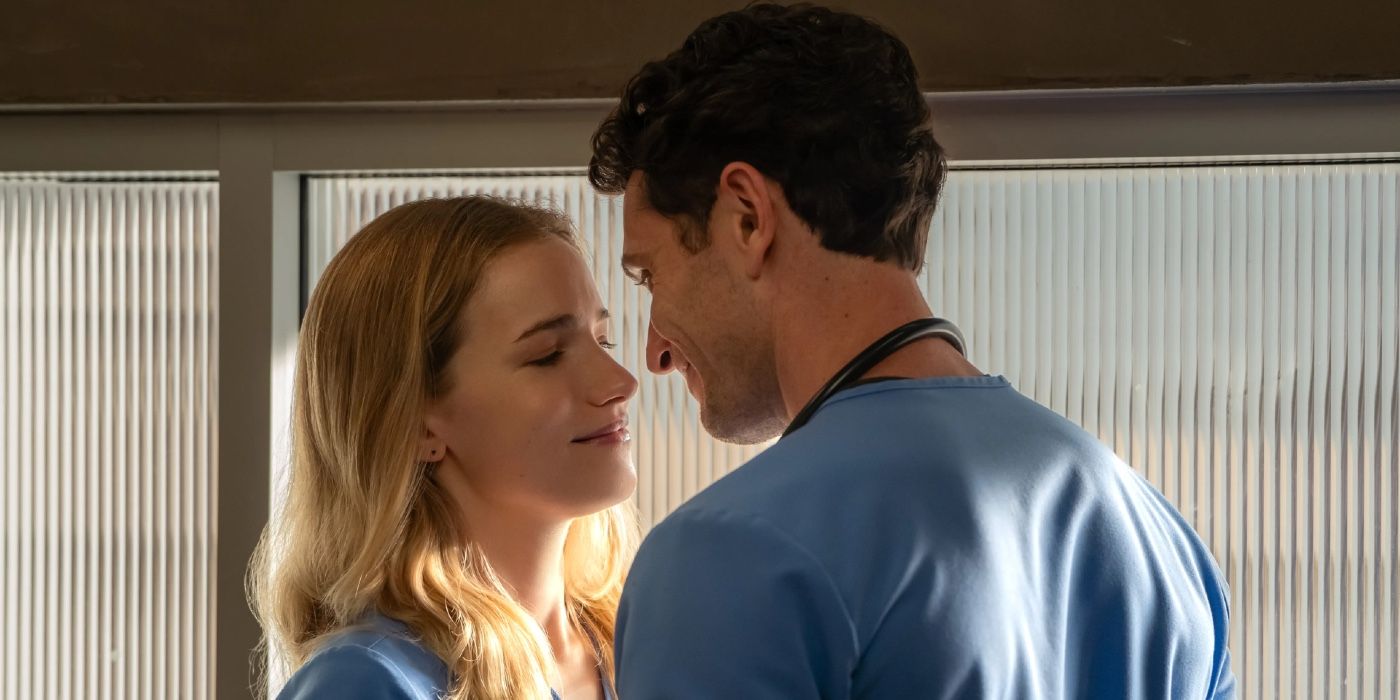

:quality(85):upscale()/2025/04/14/701/n/1922564/ecd11f8667fd2ed0e5c216.48042947_.png)
